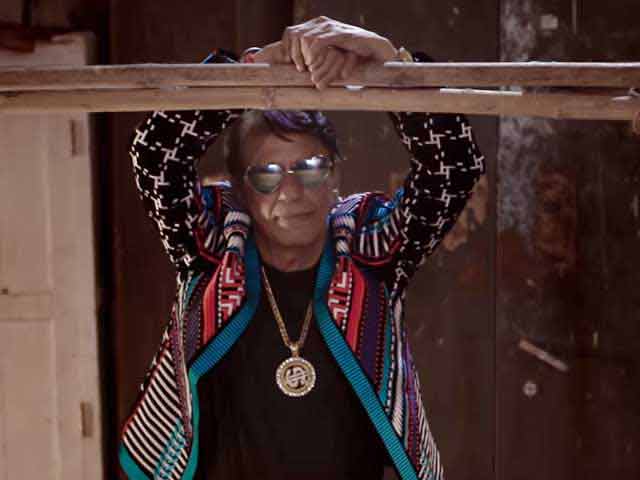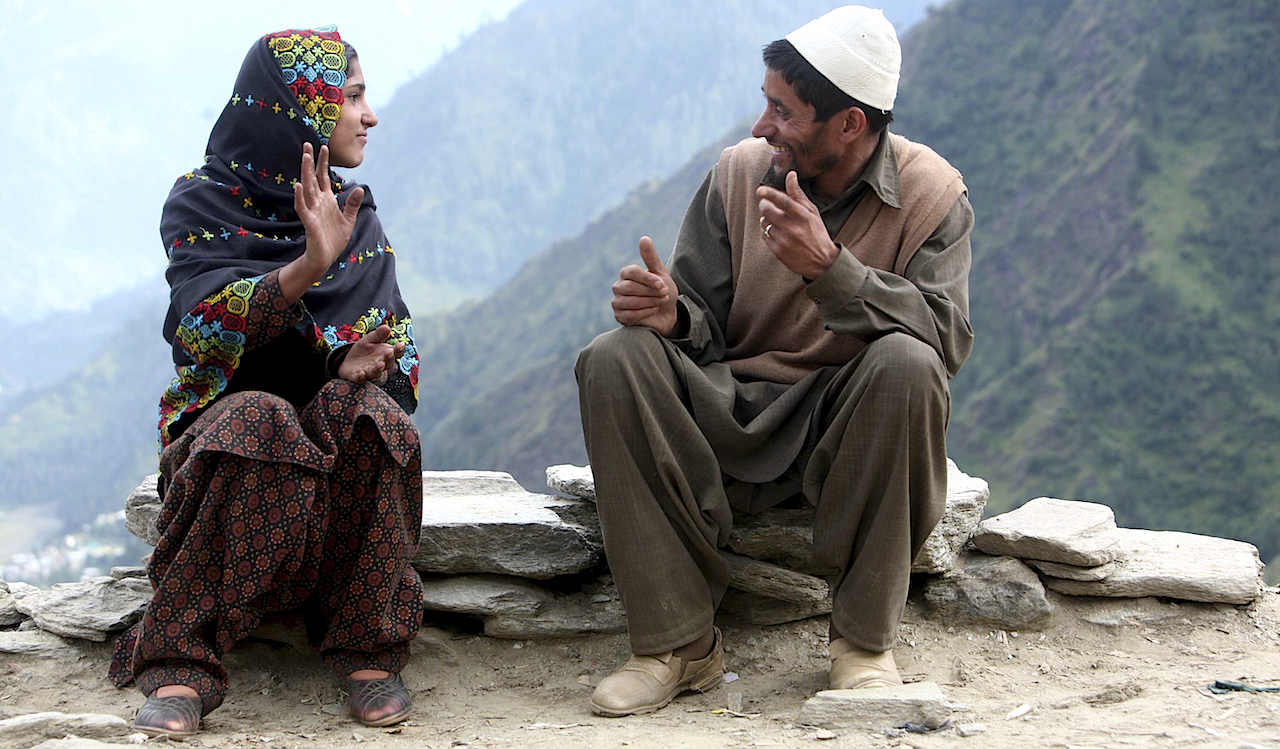At least 70 million Indian live an incomplete life. They are crippled with some form of disability, and live lives on the side line. The mainstream life rushes past, as they wait by the side, with nothing but hopes and wishes in their heart.
The 2011 census pegged people with disabilities at 2.13%. and this is an under estimated count as census takers have been reported as being uncomfortable with asking people about their disability. That is why question 9 in the census form is often skipped.
But here lies the whole crux of the problem. We have low preparedness to deal with the disabled, because we prefer ignorance over sensitisation. Meet a deaf person on the bus, and you don’t know how to help them. We immediately become awkward with anybody who is a little different from us.
But, guess what, they are not different. They experience the same emotions, they have the same wishes, they have the same dreams. Only their struggle is harder because they are a little ill-equipped. Nupura Kirloaskar from Bleetech says, “What is the correct way to address a deaf individual- Is it Deaf and dumb as we often hear? Or Hearing Handicapped? Or is it a disability at all? We knew nothing.”
She further asserts, “In a developing nation like India, there are around 60 Million deaf population including senior citizens who are losing sense of hearing. But unfortunately we do not have appropriate infrastructure to include those many people in the mainstream. For starters we do not have a uniform Sign Language all over India which majority of deaf population choose as a first natural way of communication. The quality of education available for a deaf child is not good enough. Which in result affecting the employability of that person. Unemployment brings in obvious problems like dependency, lack of self confidence, lower standard of living etc.”
Of the disabled, deaf form almost 19 percent of the 70-100 million. But what have we done to include them in the grand story of Indian growth? What has been done so that they are not left out as we march towards superpowerdom?
The Right Of Persons With Disabilities Bill 2014 does little to make actual difference on the ground. The new law reserves 4 percent of government jobs and seats at educational institutes for people with disabilities. But the law does not include specific measures for the deaf, nor does it mention Indian Sign Language or its promotion.
For the deaf, the main issue has been the mainstreaming of the sign language. The sign language has a whole different grammar and syntax structure. So, it is difficult to transcribe all information to sign language.
But the issue needs a beginning. We are a multilingual nation, and we need to look at the deaf community as a linguistic minority.
Currently, there are close to 400 government-funded schools for the hearing-impaired across the country. But the problem remains that they train the deaf to understand the normal, and not us to understand the deaf. Unaware of how they sound and conscious of the reactions of hearing people, many deaf students are too uncomfortable to attempt speech.
Bleetech is preparing a wear that will help the deaf to manoeuvre daily life with text to speech features and emergency facilities. The text to speech hope to act as an ice-breaker where the deaf can communicate with the mainstream.
It is such efforts and enterprises that are a step towards an inclusive society.













